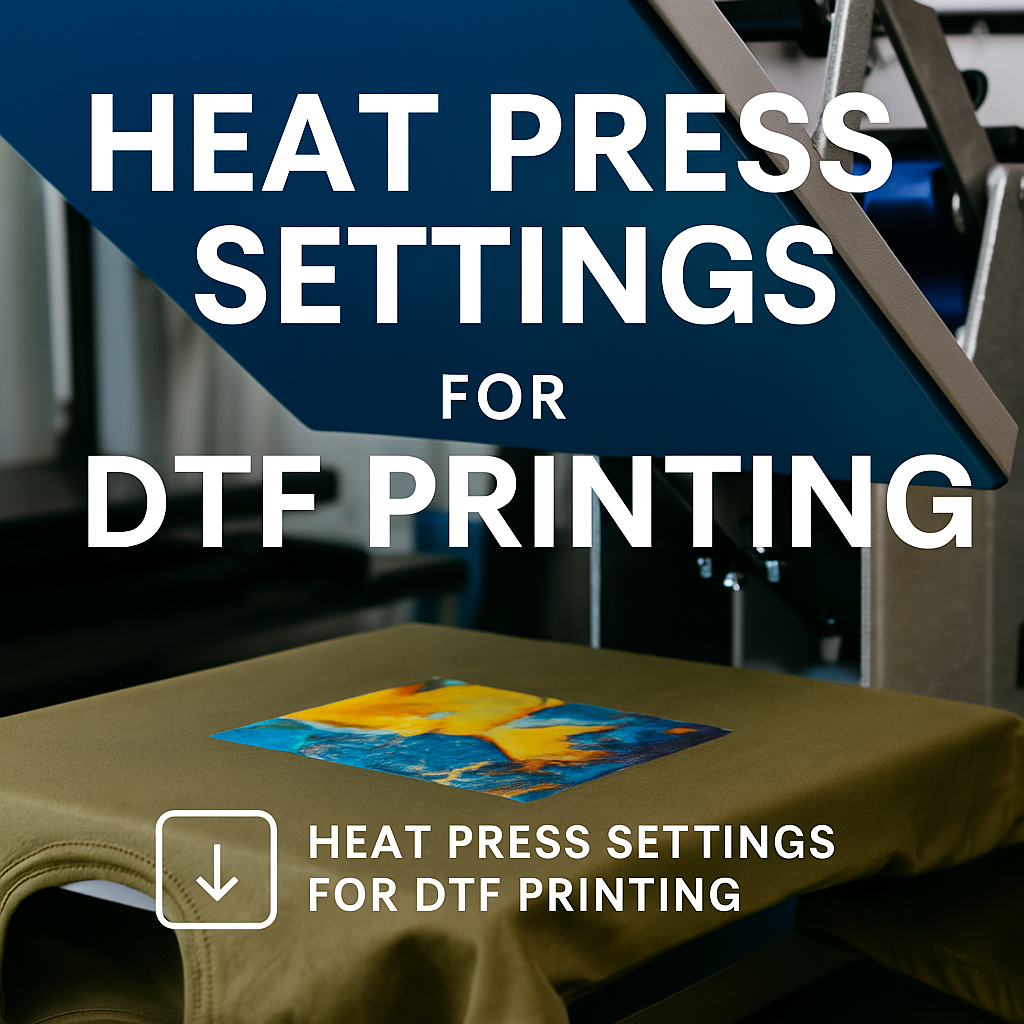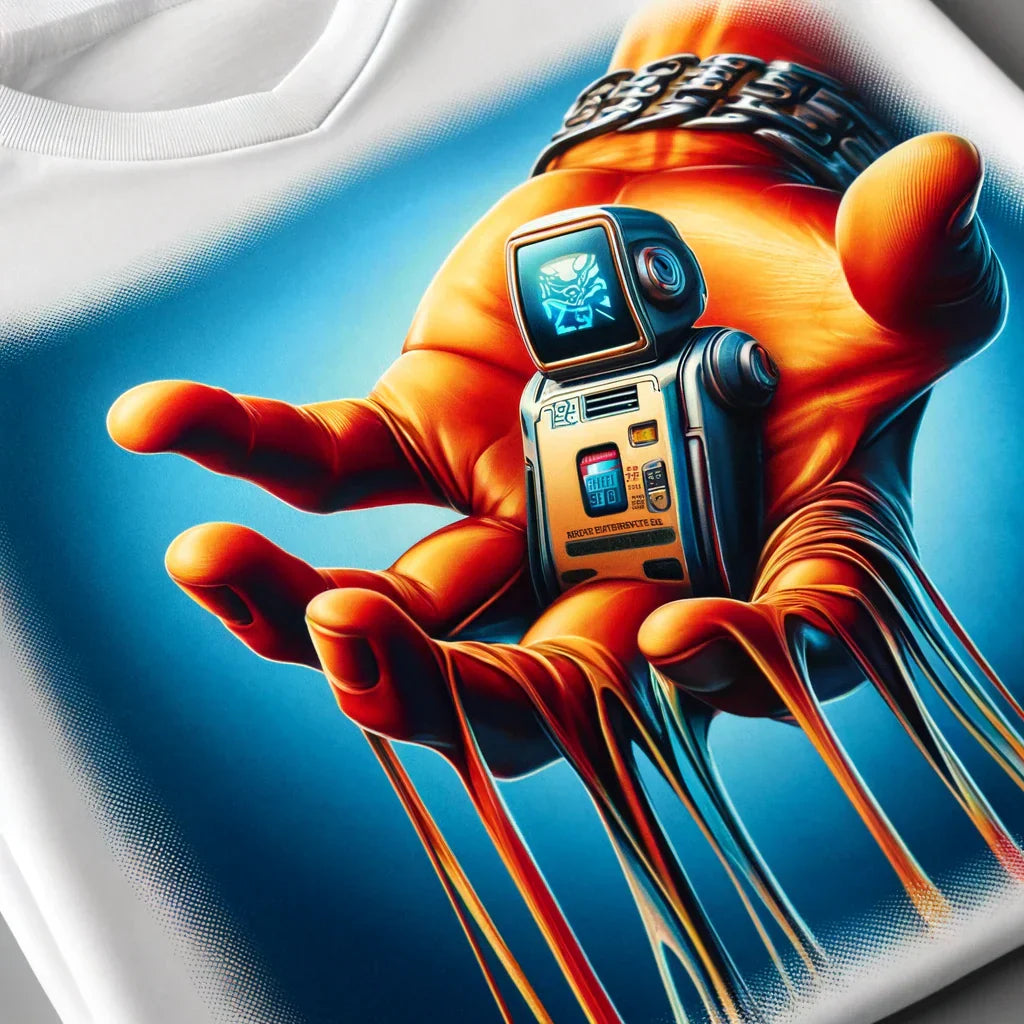
Mastering DTF Printing: Optimal Heat Press Settings for Superior Results
Mastering DTF Printing: Optimal Heat Press Settings for Superior Results
Direct-to-Film (DTF) printing has become a game-changer in the custom apparel industry. It offers vibrant colors, flexibility on various fabrics, and high durability. However, achieving perfect prints consistently requires more than just quality inks and films. The heat press settings play a crucial role in the final outcome. Mastering these settings ensures your DTF transfers adhere flawlessly and last long without cracking or peeling.
Understanding the Importance of Heat Press Settings in DTF Printing
Heat pressing is the final and most critical step in DTF printing. It fuses the transfer design onto the fabric, making it permanent. Incorrect heat press settings can lead to poor adhesion, faded colors, or damage to the fabric. Therefore, fine-tuning temperature, pressure, and pressing time is essential.
Optimal Temperature for DTF Heat Press
The ideal temperature for pressing DTF transfers generally ranges between 160°C to 170°C (320°F to 338°F). This temperature is hot enough to melt the adhesive powder embedded in the transfer film and bond it securely to the fabric fibers. Pressing at lower temperatures may result in weak adhesion, while too high temperatures can scorch or warp the material.
Recommended Pressure for Best Results
Pressure helps in evenly transferring the design and ensuring full contact between the transfer and fabric. Medium to firm pressure is recommended for DTF printing. Too light pressure can cause incomplete transfers, while excessive pressure may flatten the fabric or cause distortion. It’s best to test your heat press machine to find the balance where the film sticks perfectly without damage.
Perfect Time Settings for Heat Pressing
Pressing time typically falls between 15 to 25 seconds. This window allows sufficient heat penetration to activate the adhesive and set the inks without overexposing the fabric to heat. Timing may vary depending on fabric type and thickness. Always follow the transfer film manufacturer’s guidelines and adjust based on your experience.
Additional Tips for Superior DTF Heat Pressing
-
Preheat the Garment: Slightly preheating the fabric for 3-5 seconds can remove moisture and wrinkles, creating a smoother surface for the transfer.
-
Use a Teflon Sheet or Silicone Pad: Place a protective sheet over the transfer to avoid direct contact with the heat press and prevent scorching or sticking.
-
Peel Hot or Cold: Follow the specific instructions for peeling the transfer film. Some require hot peel, others cold. Peeling at the wrong temperature can cause defects.
-
Test with Samples: Before full production, test your heat press settings on sample garments to ensure quality and durability.
Conclusion: Achieving Consistent Excellence in DTF Printing
Mastering your heat press settings is key to unlocking the full potential of DTF printing. The optimal combination of temperature, pressure, and time ensures vibrant, durable transfers that satisfy customers and reduce waste. With careful adjustments and consistent testing, your prints will stand out with professional quality every time.
What are the optimal heat press settings for DTF printing to achieve the best transfer quality?
The optimal heat press settings for Direct-to-Film printing generally include a temperature of around 320°F (160°C), a pressing time of 15 seconds, and medium pressure. These settings ensure that the adhesive powder melts properly and bonds the transfer film to the fabric without damaging the garment or the print. However, it’s important to test these settings based on your specific heat press machine and materials because slight variations may be needed depending on the fabric type and transfer film brand. Consistent pressure and heat application are crucial to avoid issues like peeling or cracking.
How does pressure affect the quality of DTF transfers during heat pressing?
Pressure plays a vital role in ensuring the DTF transfer adheres firmly to the fabric. If the pressure is too light, the transfer may not stick properly, leading to poor durability and peeling over time. Conversely, too much pressure can cause the design to stretch, distort, or damage delicate fabrics. Medium pressure is usually recommended to provide a balanced force that presses the design evenly onto the garment, allowing the adhesive powder to activate correctly and produce vibrant, long-lasting prints. Always adjust pressure according to the fabric thickness and the heat press machine’s specifications.
Can I use the same heat press settings for all types of fabrics when doing Direct-to-Film printing?
No, heat press settings often need adjustment based on the fabric type. For example, polyester fabrics may require lower temperatures nd shorter pressing times to avoid melting or damage, while cotton fabrics generally tolerate higher temperatures and longer pressing times. Additionally, delicate or blended fabrics may need gentler pressure and reduced heat to preserve fabric integrity. Testing on sample swatches before full production is essential to find the best combination of temperature, time, and pressure for each fabric type. This ensures optimal print adhesion, color vibrancy, and garment safety.
Check Out Our Other Products
More information

